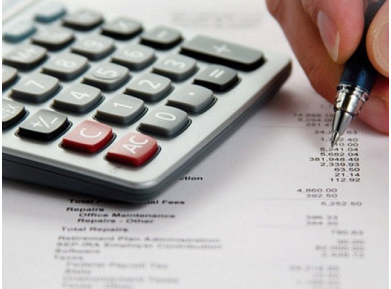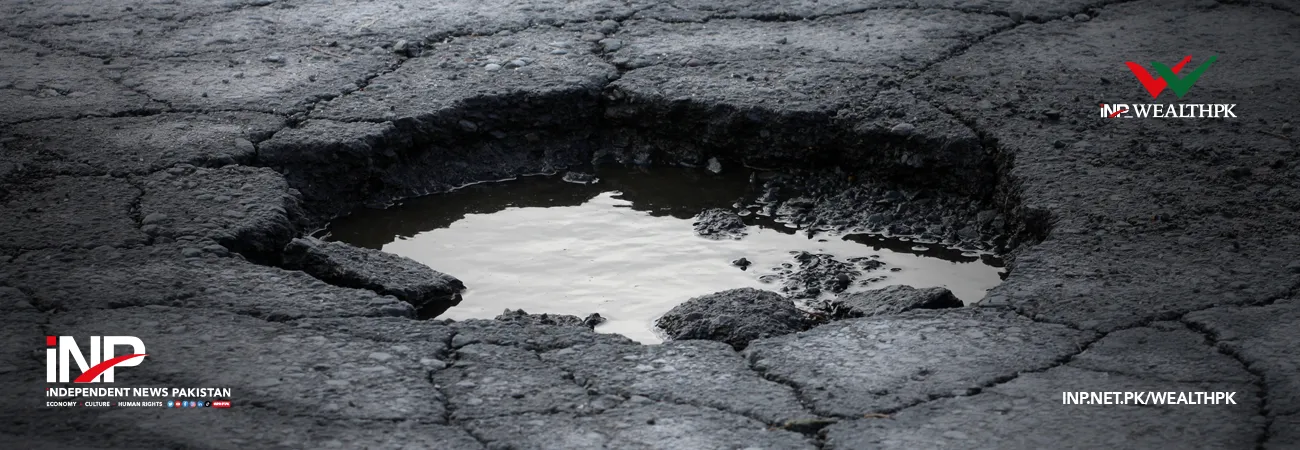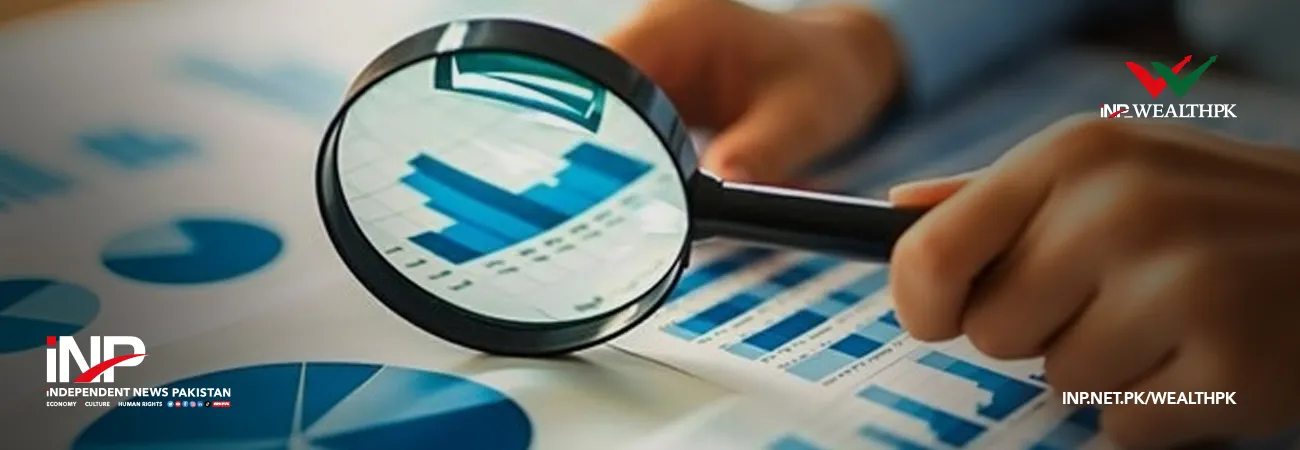آئی این پی ویلتھ پی کے
Abdul Ghani
Pakistan’s tax-to-GDP ratio surged to a seven-year high of 11.3% in the fiscal year 2024-25, driven by a sharp increase in Petroleum Development Levy collections. According to a report issued by Topline Securities, this marks a significant jump from 9.7% in FY24 and surpasses the five-year average of 9.9% recorded between FY20 and FY24.

Khurram Shehzad, Adviser to the Federal Finance Minister, told WealthPK that the 11.3% tax-to-GDP ratio in FY25, the highest in seven years, reflects the government’s strong commitment to fiscal consolidation and domestic resource mobilisation. This marks a significant improvement from 9.7% last year, signalling healthier revenue generation to support national development priorities.
The surge in the tax-to-GDP ratio is considered a positive signal for macroeconomic stabilisation. However, experts caution that an over-reliance on regressive levies like PDL could burden consumers and stoke inflationary pressures, especially amid rising global oil prices.
Prominent economist Dr Ashfaq H Khan told WealthPK that the rise in Pakistan’s tax-to-GDP ratio to 11.3% is a much-needed and positive development. “For years, Pakistan has struggled with a chronically low tax-to-GDP ratio, which has hampered fiscal space and forced the government to rely excessively on external borrowing. By effectively leveraging the PDL, the federal government has managed to boost its revenue collection without escalating the tax burden on the formal business sector, which is already overtaxed.”
It is noteworthy that Pakistan’s tax-to-GDP ratio has historically remained low compared to regional countries, averaging between 9-10% over the past decade, far below the 15% benchmark considered essential for sustainable economic development. Despite multiple tax reforms, broadening the tax base has remained a challenge, with indirect taxes like PDL and GST constituting over 60% of total tax revenues.
Credit: INP-WealthPk












